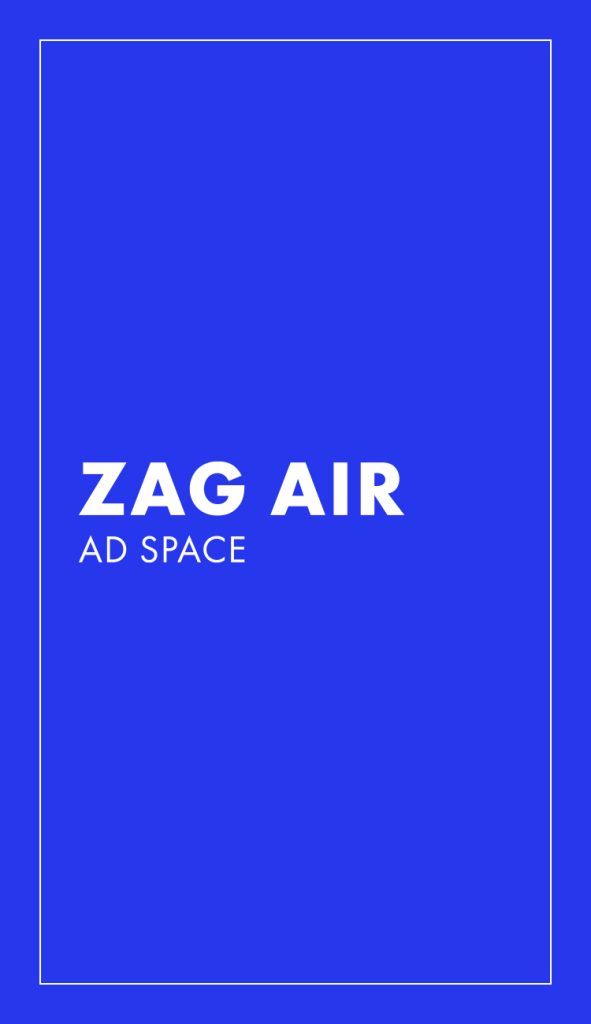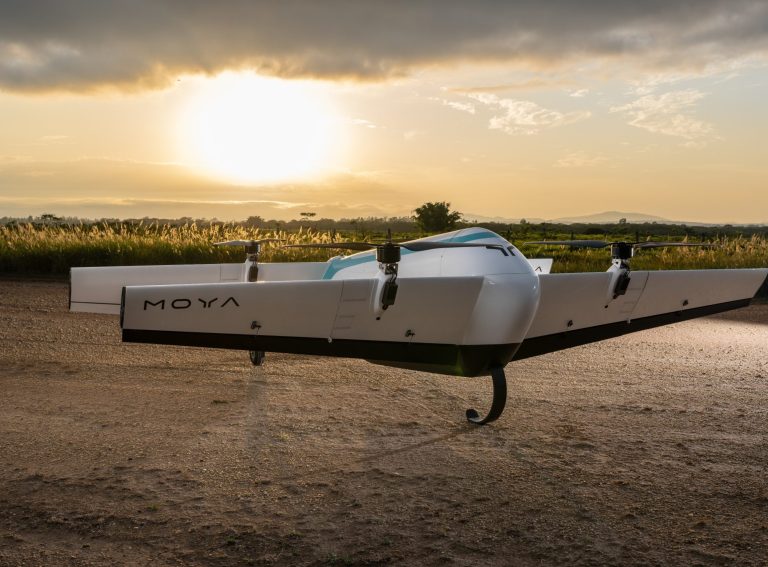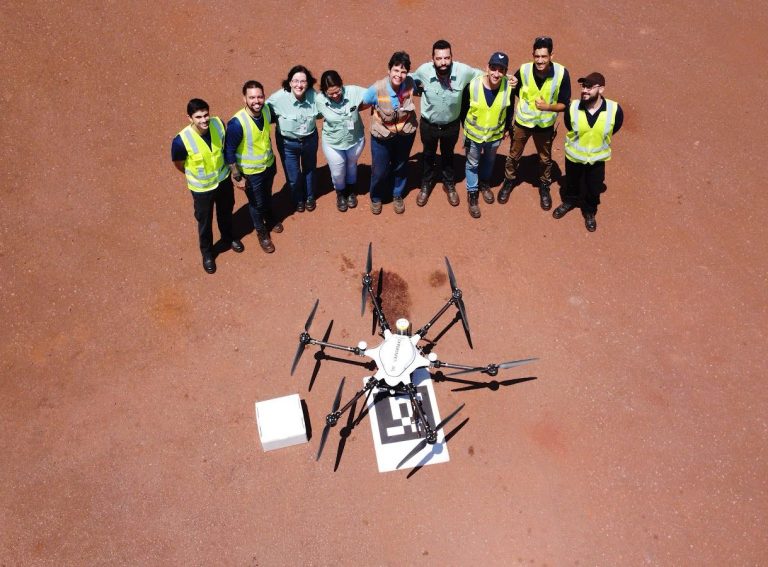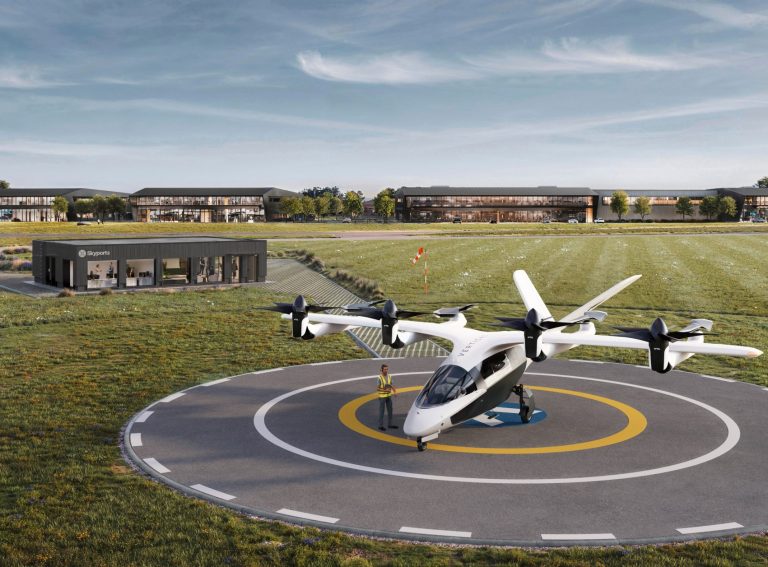Vertical Aerospace has successfully completed untethered, piloted vertical take-off and landing tests for its VX4 prototype, marking the start of Phase 2 in its flight testing programme.
The UK-based eVTOL manufacturer received expanded testing authorisation from the UK Civil Aviation Authority (CAA), moving the VX4 into more advanced testing for stability, control, and low-speed flight manoeuvres.
The company is now one of only three globally to accomplish piloted, untethered hovering with a full-scale, winged eVTOL. This milestone propels it into Phase 2 of its testing programme. Phase 2, which will unfold at Vertical’s Flight Test Centre at Cotswolds Airport, focuses on low-speed manoeuvring and further refinement of the aircraft’s handling, stability and battery performance.
This latest development has been praised by other British eVTOL companies. “The UK has a rich history in pioneering aviation technologies, and it is heartening to see Vertical’s ‘milestone’ announcement today, said Stephen Farmer, Head of Communications at Altitude Angel, “we fully support Vertical and other aviation innovators across the UK championing new technology and airspace users, not just locally, but across the globe.”
Flightpath 2030: a new strategic roadmap
Alongside this milestone, Vertical has unveiled its “Flightpath 2030” strategy. This includes production, revenue, and certification targets, alongside financial goals designed to transition the company from prototype development to large-scale manufacturing. Under this roadmap, Vertical aims to produce at least 150 VX4 aircraft by 2030, increasing to over 700 units per year in the years that follow.
Stuart Simpson, CEO at Vertical Aerospace, said “this is a transformational moment for Vertical as we advance from prototype to production. The strategy and goals we are unveiling today provide a new level of detail on how exactly we intend to get there.”
To support this scaling, Vertical has brought in Ross Crawford, an industry veteran with experience at Jaguar Land Rover, to lead manufacturing operations. Vertical’s current partners, including GKN Aerospace and Honeywell, will continue to contribute to the development and delivery of the VX4.
Vertical also expects to reach cash-flow break-even by 2030, a significant goal given the company’s current funding challenges. The strategy targets gross profit margins exceeding 40% in the years following certification, expected in 2028.
Financial struggles and the search for investors
Vertical’s ambitious plans, however, are accompanied by financial pressures that have affected the eVTOL sector as a whole. In its September report, Vertical confirmed it had £42.8 million in cash and equivalents, with projected annual expenses of around £78.4 million. The company’s cash runway will likely sustain operations only into early 2025, necessitating new funding sources.
These funding pressures come amid broader difficulties in the eVTOL industry, with subsidiaries of Lilium recently filing for insolvency. For Vertical, securing adequate funding is essential not only for sustaining operations but also for supporting the upcoming phases of testing and certification, each of which incurs substantial costs.
As Vertical progresses through Phase 2 testing, it prepares for Phase 3 which will involve wingborne flight tests – piloted take-offs, flights, and landings using wing-generated lift. This phase will test the VX4 in increasingly complex scenarios, expanding its speed and altitude ranges.
The fourth and final phase will focus on transitioning between vertical and wingborne flight, a crucial capability for commercial eVTOL operations. By 2025, Vertical plans to begin production-related activities, fly a third prototype, and achieve additional regulatory privileges.




